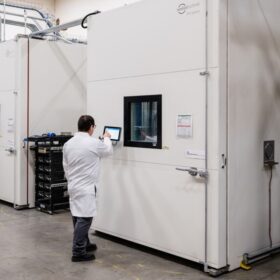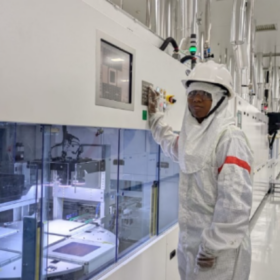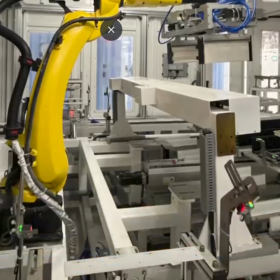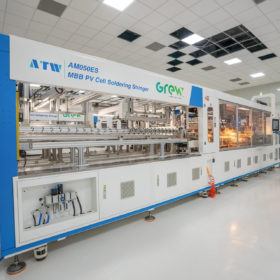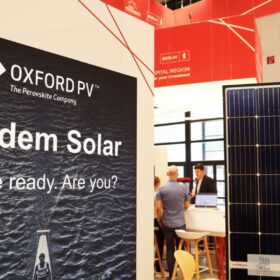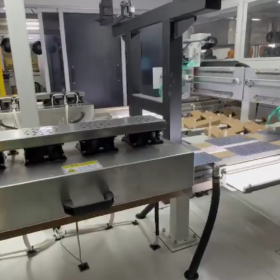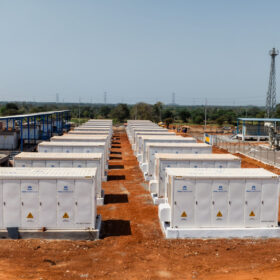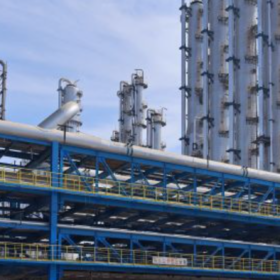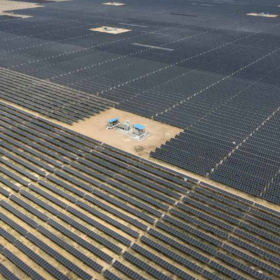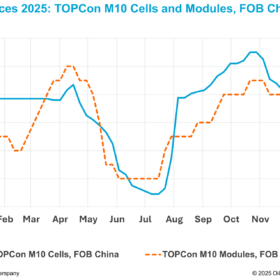Solar highlights from the floor at RE+
Five solar solutions shown this week at RE+ 2024 in Anaheim.
Grew Energy to supply solar modules for BluPine’s Gujarat project
Grew Energy has signed an agreement to supply solar modules for BluPine Energy’s upcoming project in Banaskantha, Gujarat.
Kiwa PVEL, Kiwa PI Berlin outline best practices for PV module quality
Kiwa PVEL and Kiwa PI Berlin have published a white paper that uses recent module testing and in-factory data to guide the best use of testing and inspection metrics. The paper aims to ensure that solar modules meet acceptable quality standards.
Tata Power begins solar cell production at 4.3 GW plant in Tamil Nadu
Tata Power’s step-down arm TP Solar Ltd has commenced commercial production of solar cells with an initial capacity of 2 GW at its 4.3 GW integrated PV cell and module plant in Tirunelveli.
MNRE proposes ALMM mandate for solar cells from April 1, 2026
India’s Ministry of New and Renewable Energy (MNRE) has invited suggestions from stakeholders on the draft guidelines of the approved list of models and manufacturers (ALMM) for solar cells as it proposes to make it effective from April 2026.
Grew Energy debuts n-type TOPCon solar PV modules for North American market
India’s Grew Energy will introduce its p-type mono PERC and n-type TOPCon solar modules at RE+ 2024.
Wafer manufacturers extend efforts at price reversal
In a new weekly update for pv magazine, OPIS, a Dow Jones company, provides a quick look at the main price trends in the global PV industry.
Oxford PV starts commercial distribution of perovskite solar modules
Oxford PV is delivering its first commercial perovskite solar modules to U.S. customers. The 72-cell solar modules have an efficiency of 24.5% and, according to the company, can generate up to 20% more energy than conventional silicon modules.
US authorities detain solar modules imported from Mexico
Module manufacturer Maxeon says that US Customs and Border Protection officials have detained all of its panel imports from Mexico since July as the federal law enforcement agency investigates their compliance with the Uyghur Forced Labor Prevention Act (UFLPA).
Alpex Solar to double PV module capacity to 2.4 GW by FY 2026
Alpex Solar plans to double its PV module manufacturing capacity to 2.4 GW by FY 2026. The company is also exploring gigawatt-scale solar cell manufacturing.


